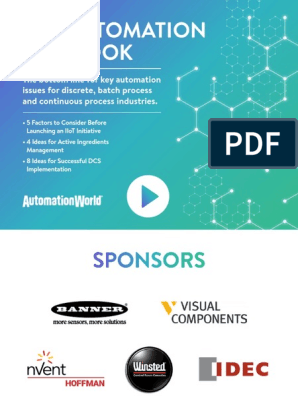0% found this document useful (0 votes)
27 views25 pagesAutomating Packing
The document outlines a proposal for automating the packing system at Silvermill Group, a leading coconut product manufacturer in Sri Lanka, to enhance efficiency, reduce labor costs, and improve product quality. It details the current labor-intensive processes, challenges faced, and the proposed automated system's components, including SCADA for real-time monitoring and Siemens PLC for control. The deployment plan includes a cost analysis, risk management strategies, and key performance indicators to evaluate the success of the automation project.
Uploaded by
rangika365Copyright
© © All Rights Reserved
We take content rights seriously. If you suspect this is your content, claim it here.
Available Formats
Download as PDF, TXT or read online on Scribd
0% found this document useful (0 votes)
27 views25 pagesAutomating Packing
The document outlines a proposal for automating the packing system at Silvermill Group, a leading coconut product manufacturer in Sri Lanka, to enhance efficiency, reduce labor costs, and improve product quality. It details the current labor-intensive processes, challenges faced, and the proposed automated system's components, including SCADA for real-time monitoring and Siemens PLC for control. The deployment plan includes a cost analysis, risk management strategies, and key performance indicators to evaluate the success of the automation project.
Uploaded by
rangika365Copyright
© © All Rights Reserved
We take content rights seriously. If you suspect this is your content, claim it here.
Available Formats
Download as PDF, TXT or read online on Scribd
/ 25





















































































